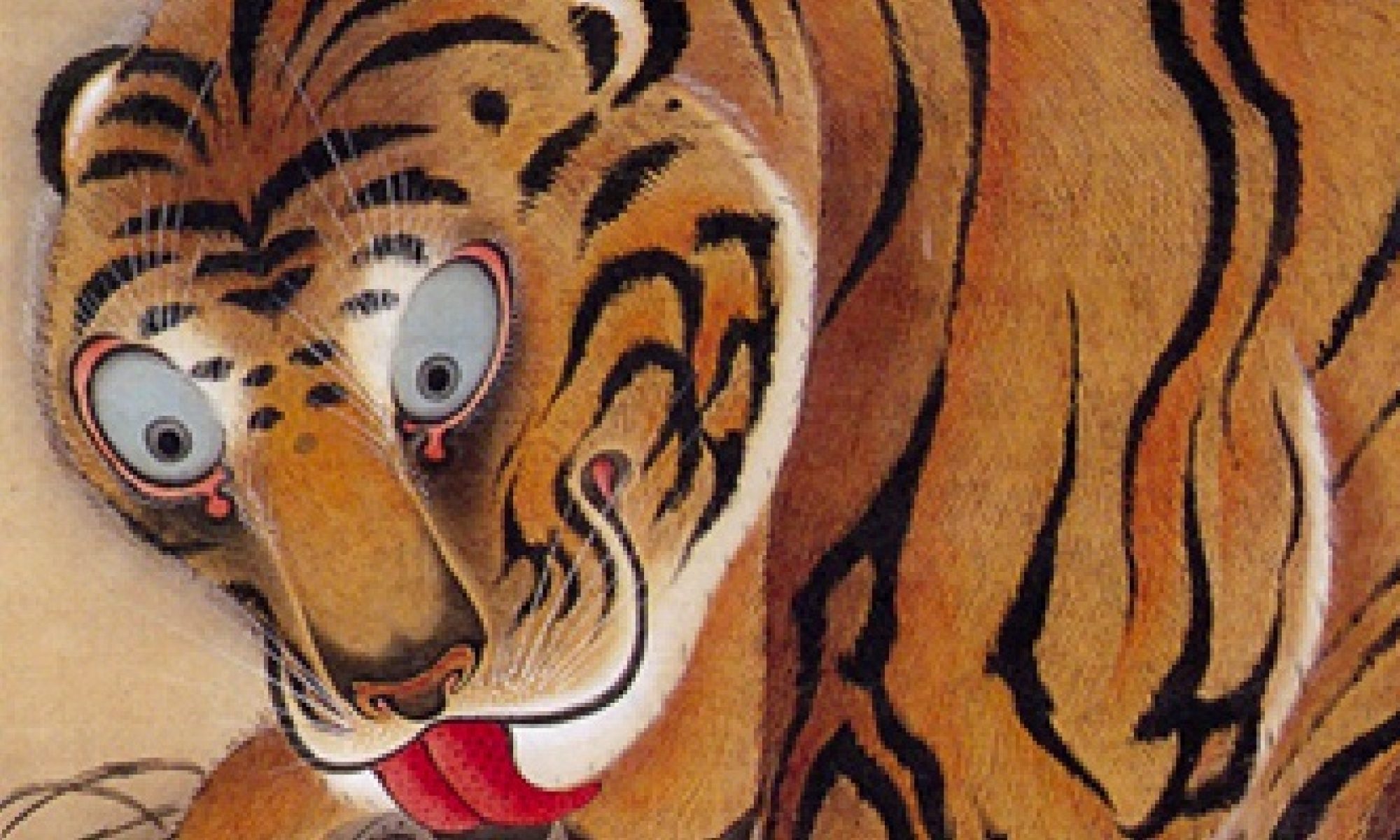America has been transformed by marketing magic and a steady trend away from traditional values (a connection with the land, communities where people know and take an interest in their neighbors, respect for wildlife). We’ve assassinated deer populations and replaced their woodland homes with grass-lawned housing developments named Deer Run and Deerfield.
Many of us think of such wordly trends as being inevitable moves due to some nameless, shapeless “progress”. Doesn’t it bear pondering, though, that many of the most formative progressions of modern times have been merely a result of artificially engineered marketing strategies designed to give us the experiences that will make it easiest for corporations to separate the American people from our money and give up our senses of independence, creation and adventure?
I often think about bits of this National Geographic article on Disneyworld and Orlando. It reveals with completey accessible language and examples the far-reaching propaganda genius behind the Disneyworld empire and shows us how their marketing machine has worked both from within and without to create an America which doesn’t actually exist but which so many millions of people believe in.
A Jewish Orthodox rabbi we know recently commented – “When I was a kid, the people of the United States were citizens and community members. Now, just a few years later, we’ve suddenly become just consumers. How did we get to this point. More importantly, how do we fix ourselves and retrieve our autonomy?
The first step in the fix is understanding. The article is enlightening and its content, worrisome. Here are a few excerpts to pique your interest.
Thanks to a sweetheart deal with the state legislature, the lands Disney purchased were detached from the rest of Florida to form a Magic Kingdom, above and outside the law. Even now, Disney World’s rides are exempt from state safety inspections. Democratic process is excluded, too. Power remains in the hands of a board of supervisors composed of Disney allies. However much you pay for a time-share condo in Disney World, you cannot buy property outright, and therefore establish official residence, and therefore vote for the board. Celebration, Disney’s residential community themed to evoke pre-1940s small-town America, has a city hall but no actual municipal government.
. . . a place whose specialty is detaching experience from context, extracting form from substance, and then selling tickets to it.
Here life is truly a style: You don’t want to live in a mass-produced, instant “community”? No problem. Orlando’s developers, like the producers of instant coffee, offer you a variety of flavors, including one called Tradition. Structurally it may seem identical to all the others. Only instead of vaguely Mediterranean ornamental details, the condos at Tradition have old colonial finishes. . . . lofts are brand-new buildings constructed for those who want the postindustrial lifestyle in a place that never was industrial.
Orlando . . . leads in the . . . transformation of the exotic into the familiar. . . It is growth built on consumption, not production; a society founded not on natural resources, but upon the dissipation of capital accumulated elsewhere; a place of infinite possibilities, somehow held together, to the extent it is held together at all, by a shared recognition of highway signs, brand names, TV shows, and personalities, rather than any shared history. Nowhere else is the juxtaposition of what America actually is and the conventional idea of what America should be more vivid and revealing.
Welcome to the theme-park nation.
Defunct attractions like Splendid China, which featured a miniature Great Wall, went bankrupt because they were too realistic. They failed to provide what all successful theme parks must: fantasies conforming exactly to what the paying public expects to get.
The growth of Orlando’s Hispanic population itself was touched off by a marketing decision. Back in the 1990s, when a real estate company was having trouble selling property in a development called Buenaventura Lakes, their marketing department decided to advertise in Spanish in the major newspapers in Puerto Rico. Suddenly Puerto Ricans were flowing into the Orlando area—creating an alternative to predominantly Cuban Miami for Hispanics in Florida.
Jump to full text of National Geographic Orlando Article

One Reply to “Disney: The Plasticizing of America”